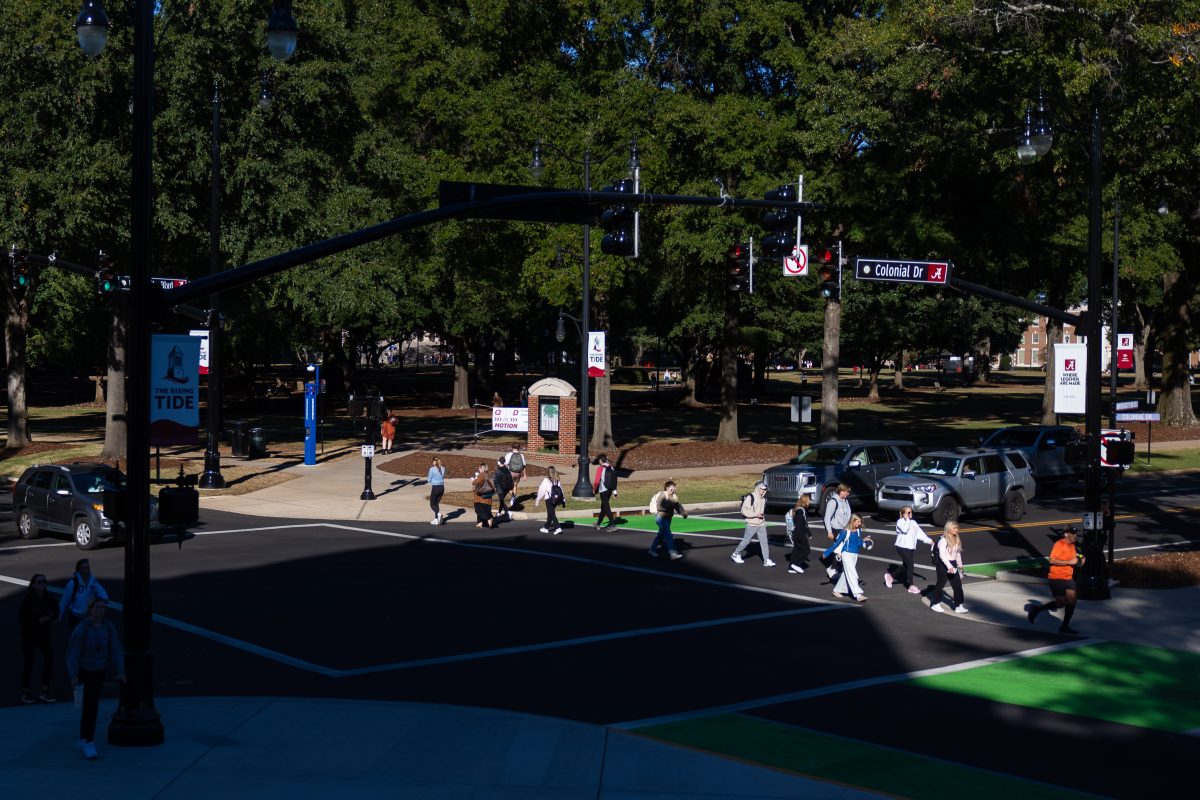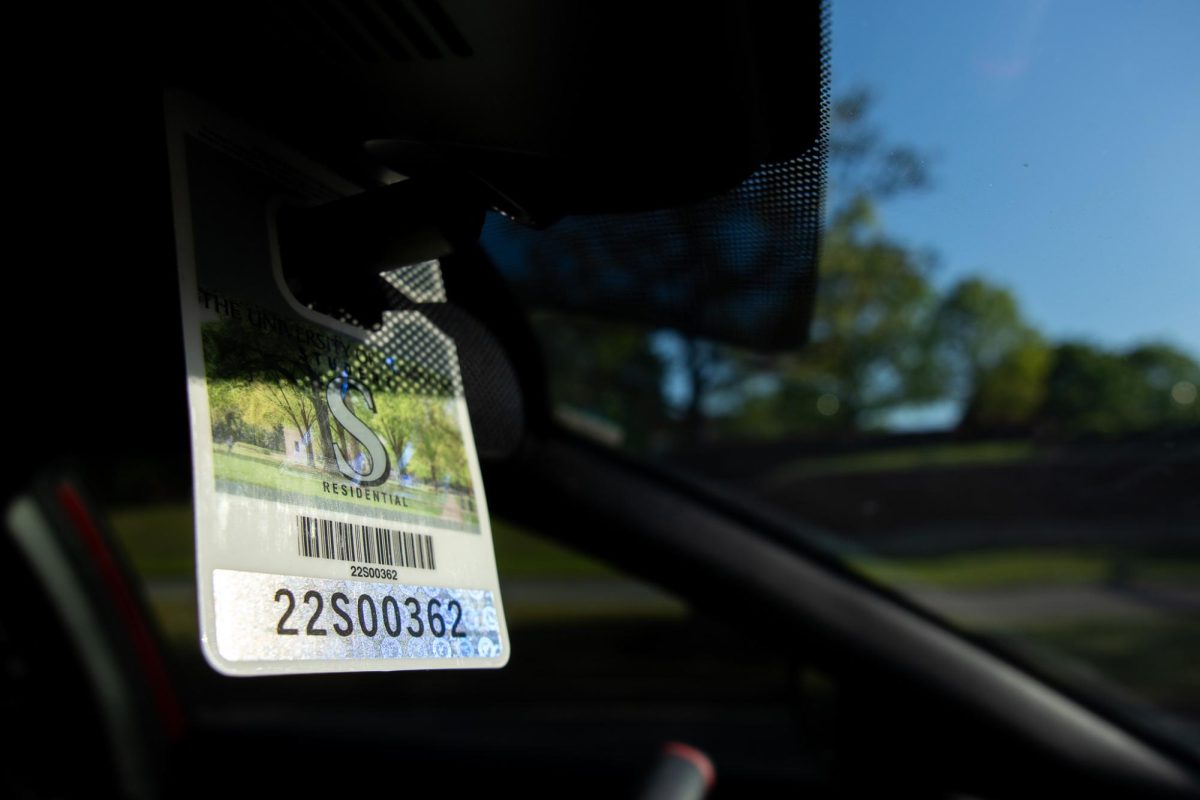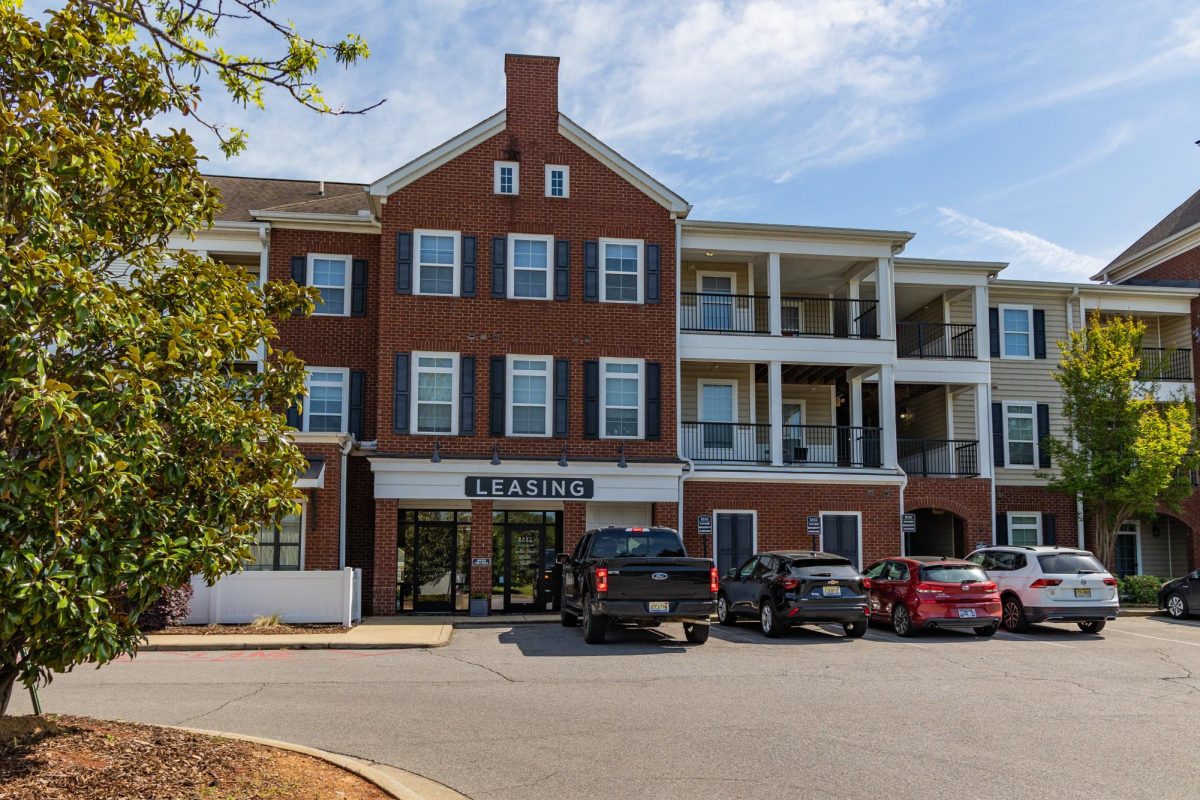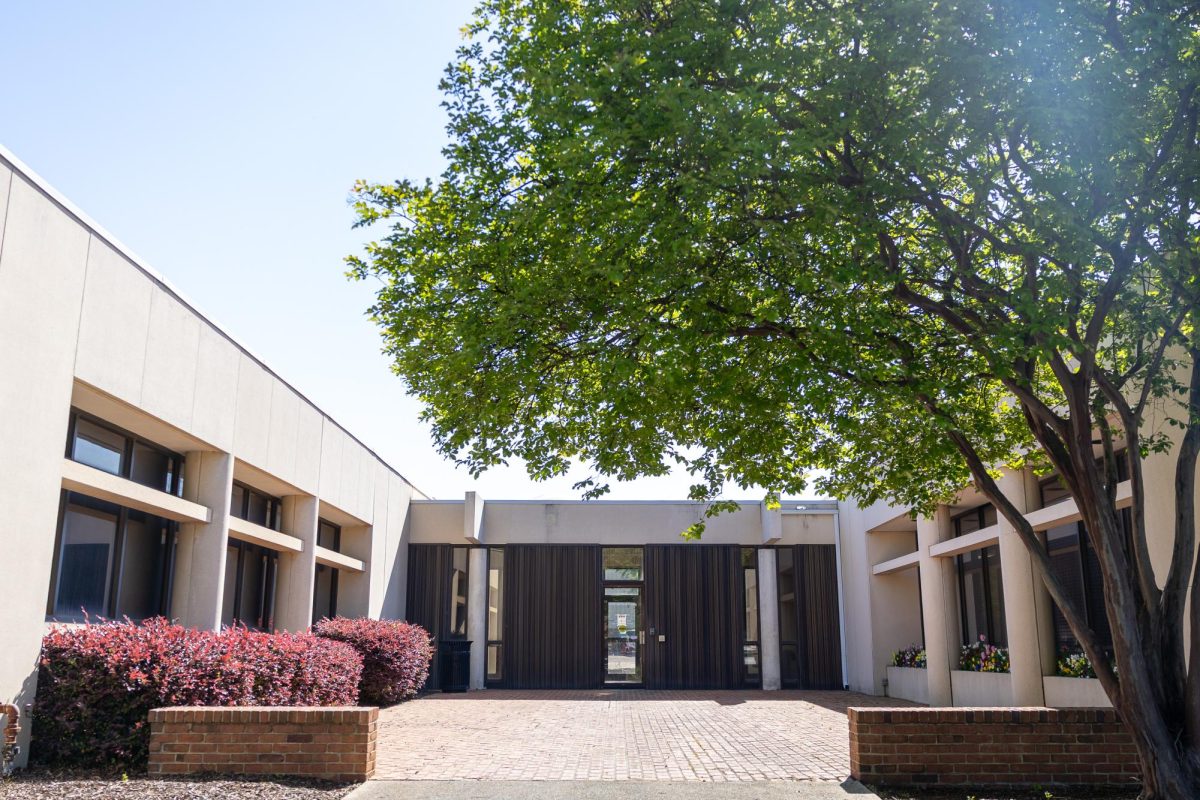As The University of Alabama becomes more densely populated than ever due to record-breaking enrollment this year, traffic safety is becoming a concern for pedestrians across campus.
Alabama is a car-dependent school, being attended largely by commuters. According to US News, only 28% of last year’s 33,345 undergraduate students lived on campus, so the rest, over 24,000 students, have to find their own modes of transit to get to class.
“The University of Alabama is a densely populated community,” said Shane Dorrill, director of communications for the UA Department of Public Safety. “Because of this, streets on campus are often congested with traffic and pedestrians.”
For pedestrians, this congestion can pose serious risks.
“Since January 1, 2024, there have been 12 vehicle-versus-pedestrian crashes reported to UAPD,” Dorrill said. “Four of these accidents have occurred just this semester. Of these accidents, three resulted in injuries where the person needed to be transported to the hospital for treatment.”
Severe injury from car accidents has been on the rise. Between 2009 and 2023, the rate of pedestrian deaths rose by over 80%, NPR reported.
“The cause of most pedestrian accidents is distraction. However, it’s not always a distracted driver that is at fault. In many of these accidents, the pedestrian is distracted and not watching as they step into the street,” Dorrill said.
Some studies have found that concerns about distracted pedestrians, while not unfounded, are overblown. “The message around distracted pedestrians being a danger to themselves is really taking away from serious safety measures,” Ben Fried, the communications director for public transit foundation TransitCenter, said in an interview with the New York Times.
A study of pedestrians at the University of Alabama at Birmingham found that 52.9% of them walked through intersections while using their phones. While the study found that distracted pedestrians were actually more likely to check both ways and cross when signaled, the researchers acknowledged that their methods were crude and that “previous research conducted within virtual reality scenarios, where risks can ethically be elevated for scientific purposes, suggest distracted walking does lead to safety risks.”
Another study showed only 5-10% of crashes were caused by distracted pedestrians, minimal in comparison to the risks of walking or driving intoxicated.
“We can all agree that too many pedestrians die on our streets, but a misplaced focus on distracted walking will hamper our efforts to save lives and improve safety for all users,” Rutgers public policy professor Kelcie Ralph said in the study.
Of perhaps greater risk to pedestrians is speeding. According to a 2011 study from the AAA Foundation for Traffic Safety, the likelihood of a crash being fatal for a pedestrian increases greatly with speed, reaching 10% at an impact speed of 23 miles per hour and 90% at 58 miles per hour.
“Drivers on campus need to slow down,” Dorrill said. “The speed limit through the core of the UA campus is 25 miles per hour. Driving the speed limit will allow you more time to react in case a pedestrian steps into the street in front of you.”
Dorrill also advised that pedestrians assume that drivers will not stop at marked crosswalks.
“If you are crossing at a marked crosswalk with no traffic-control signal, look both ways and make sure the street is clear before crossing. Don’t step out into the crosswalk thinking a driver will stop,” Dorrill said.
Hudson Goffinett, a freshman musical audio engineering major, walks every day to get to his classes at the Moody Music Building.
While Goffinett said he enjoys walking, he disliked the dangerous behavior on the sidewalks.
“I don’t like it whenever bikers or people on electric scooters get within three inches of you while they’re passing,” he said.
Goffinett said he also bikes, but less frequently. He voiced concerns about the quality and usability of the bike lanes on campus roads.
“I like my space when biking,” he said. “It’s really easy to get hit by a car. I’ve seen numerous cars parked or pulled over in the bike lane.”
Alex Real, a freshman metallurgical engineering major and a regular biker, is also frustrated by cars that park in bike lanes.
“Something needs to be done about the parking in bike lanes. It’s seriously dangerous,” he said.
Real said he had encountered “downright reckless drivers” and almost been hit a couple of times.
His primary frustrations, though, had to do with misuse of campus bike lanes and dangerous behavior with new electric scooters. Real said that Veo scooters often pass him in bike lanes and on the sidewalk without properly signaling or using the built-in bells, putting him in danger of a collision. Cars parked in bike lanes also forced him to merge into the street, posing potential risks.
“Those of us that ride bikes often either have to take the sidewalk, possibly hitting pedestrians, or take the main road, risking getting hit by a distracted driver,” Real said. “Either way, there needs to be something put in place.”









